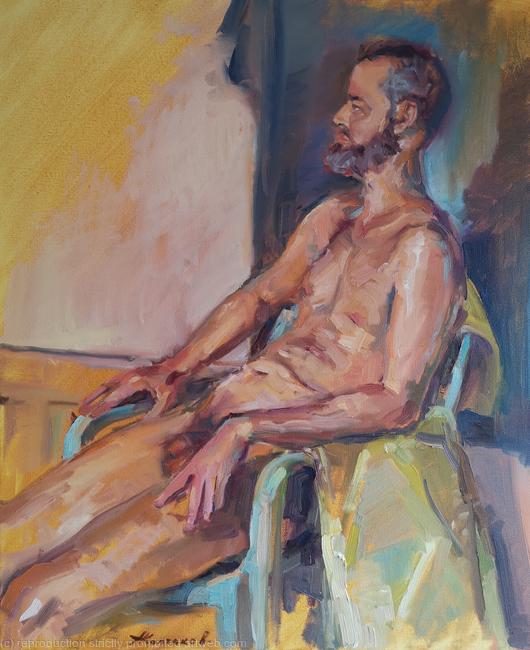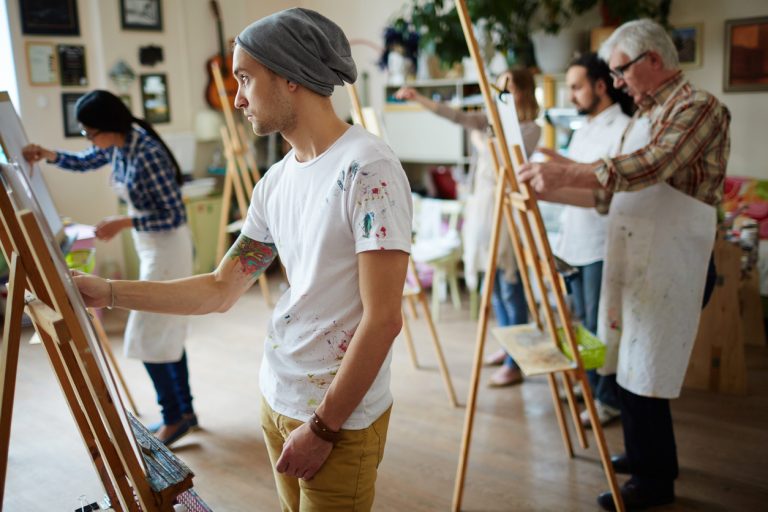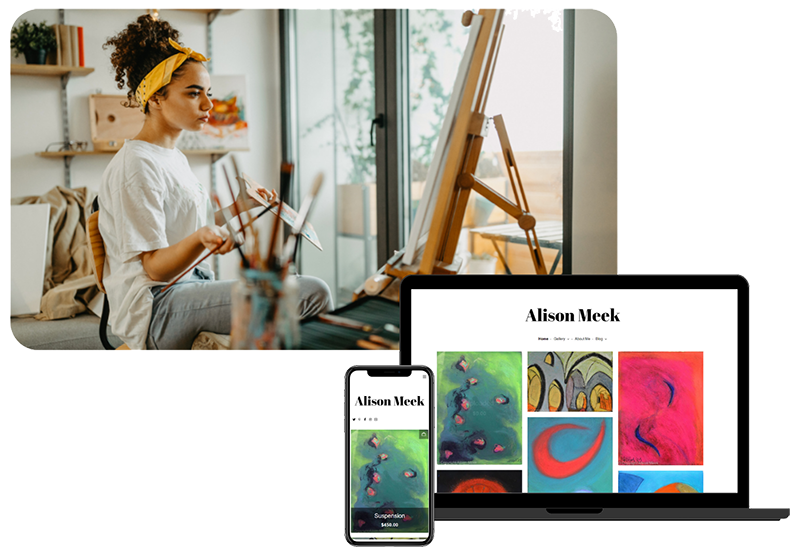As you will have already gained insight into if you read our recent blog post on the human body in art, there are few subjects quite as compelling as the figure in drawing, painting, sculpture or almost any other creative medium.
We can all relate to the human body for the simple reason that we all possess one. However, if you would like to get more serious about portraying the figure in your own art, chances are that you will end up at a life drawing class sooner or later.
So, what can you do to ensure you get your time and money’s worth from a life drawing session?

First, let’s get the obvious out of the way
Complete newcomers to life drawing classes sometimes presume that it will be a strange, awkward or even sexual experience to stare at a naked person for hours.
None of these things are true — ask any figure artist, and they will tell you that nudity is just another fascinating mode of dress to depict in pencil, charcoal or paint!

Once you get the charcoals and paints out, you will be far too captivated by the task of accurately portraying the figure for any feelings of awkwardness to even enter your mind.
In any case, the atmosphere in any life drawing class I’ve ever personally attended (and I’ve been a semi-regular at such classes since 2004) has only ever been absolutely professional.
What to know before attend a life drawing class?
Almost wherever you live in the UK, there will almost certainly be life drawing classes held nearby. If in doubt, ask local artists or phone around universities, colleges and art galleries for pointers.

Pay close attention to the published details for any such class: Is there a charge involved? Will the model be clothed or nude? Will materials be supplied, or are you expected to bring your own?
If the expectation is of artists bringing their own materials, don’t fuss too much over what to bring. Any decent sized (ideally at least A3 or larger) drawing pad will do, together with charcoal and/or pencils in the various colours or grades that you see fit.
Do check, however, whether an easel will be required. Some life drawing classes are held at establishments where easels are readily supplied, while others may simply involve artists sitting at tables positioned around the model, with easels therefore not really required unless you opt to bring your own.
Don’t forget that pencil sharpener, eraser and perhaps an extra paper pad or two in different sizes, just in case you fancy experimenting a bit. If bringing paints, pack a pallet, brushes and something to store water in for rinsing the brushes — and make sure there are facilities for cleaning up.
What can I expect when the class starts?
Finally, it’s time to turn up and draw! Although life drawing classes naturally differ, with some being a little more tutor- or exercise-led and others largely leaving artists to their own devices, you can typically expect to end up drawing some short poses by the model to begin with.

These initial poses may be as short as 30 seconds or as long as five minutes and place a greater emphasis on you simply shedding your inhibitions with the paper, making quick marks that suggest dynamism and movement rather than obsessing too much over such matters as proportion or tone.
Those are matters that should concern you much more when the model typically switches to longer poses later in the session, which can last for up to 30 minutes each (or even longer when the model is allowed to take a break!).
But again, if you are a beginner, don’t get too precious about what you draw. Concentrate on relentlessly observing, learning about what you see, and getting those marks down on the paper, and you will gradually develop your own style.
Are there ‘right’ and ‘wrong’ ways to draw the figure?
Of course there are certain principles in life drawing that are difficult for me to cover in detail here. I recommend investing in a book on the subject that covers many of the more nuanced aspects of form, proportion, tone and anatomy. One book on life drawing that I particularly recommend is Life Drawing by Bridget Woods.

However, even many of these books are chiefly concerned with helping you to discover your own favoured style and approach, rather than draw in any objectively ‘right’ way. After all, does such a way even exist? Nope! Certainly, I don’t aim for stringent realism in my own figure drawing, and you shouldn’t necessarily do so either. But then, the choice really is up to you.
If there are certain things that all life drawers should bear in mind, I would point more to such basic practices as positioning the easel so that you don’t have to turn your head much from your work to observe the model, as well as simply focusing on drawing what you actually see — not merely what you think you ought to be seeing.
A final thought
Whatever your own background, circumstances and interest in the life drawing class, remember that as with everything artistic, the important thing is to find your own approach and style and be confident in applying that approach and style so that you can make some truly great — and fulfilling — art.
So, why not sign up to your first life drawing class today? However you tackle this fascinating area of artistic practice, you really can’t fail!
This post was originally published in February 2016. Last updated on October 22, 2021.







